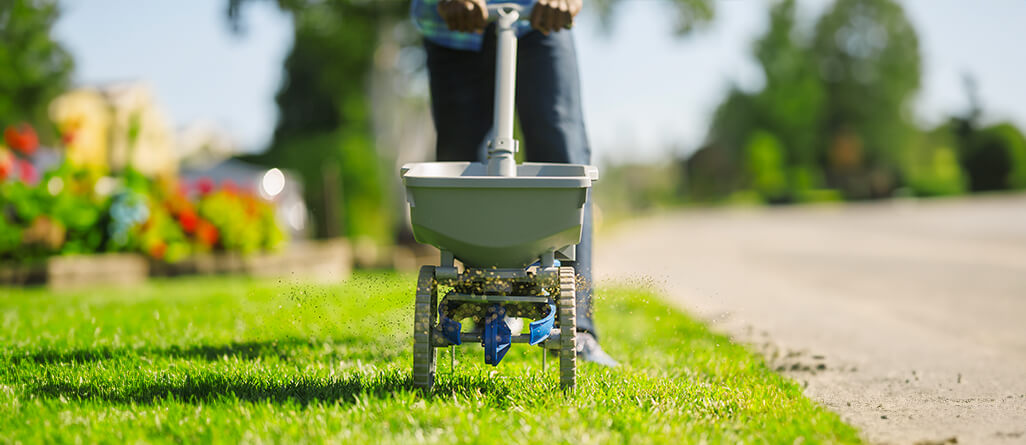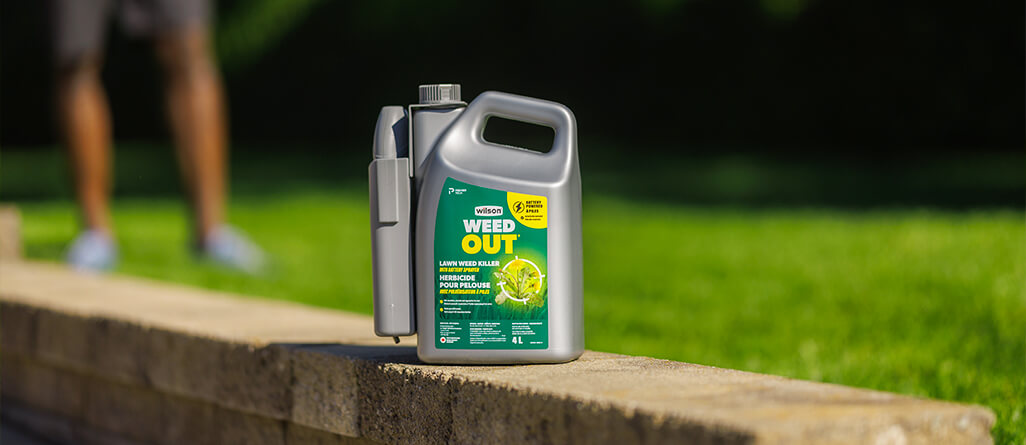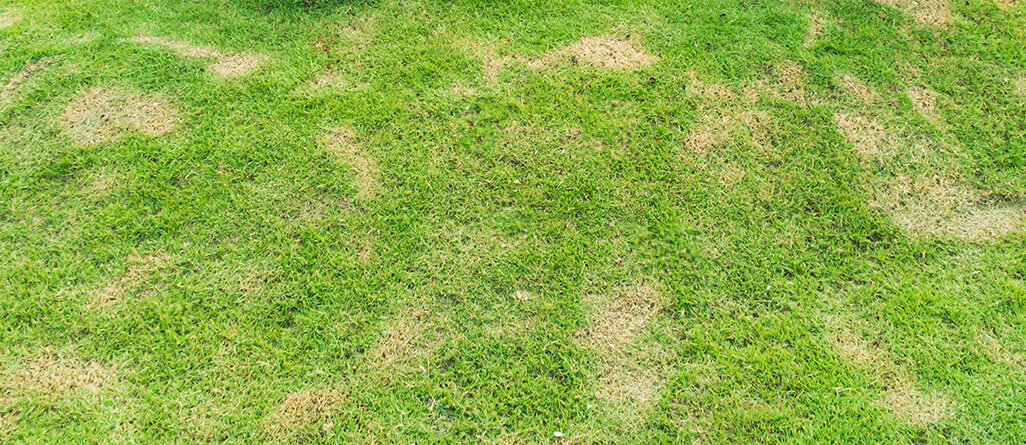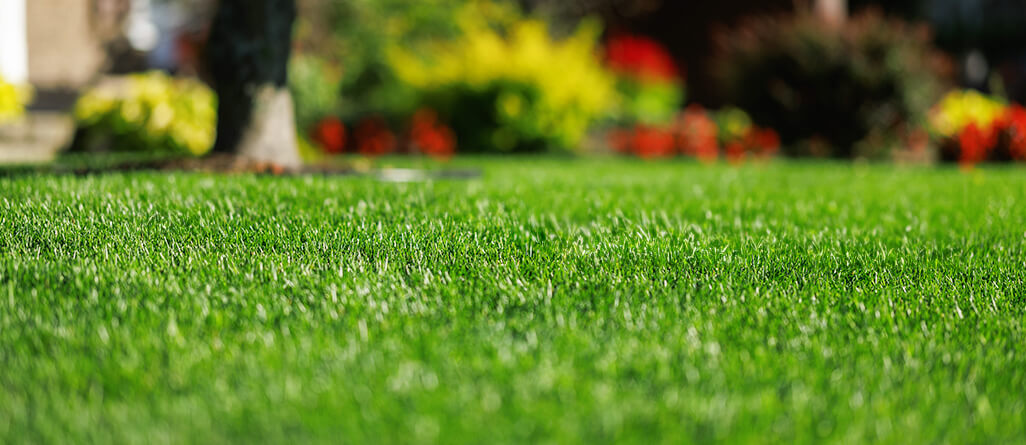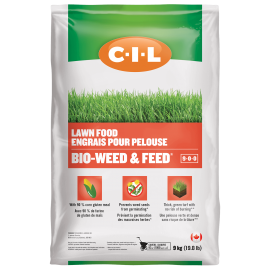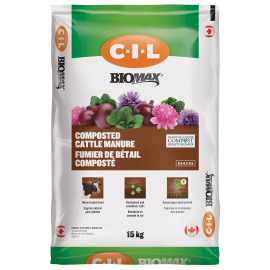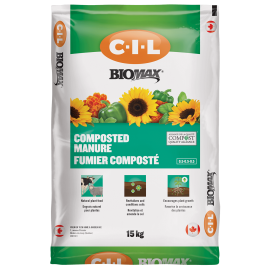Lawn care guide
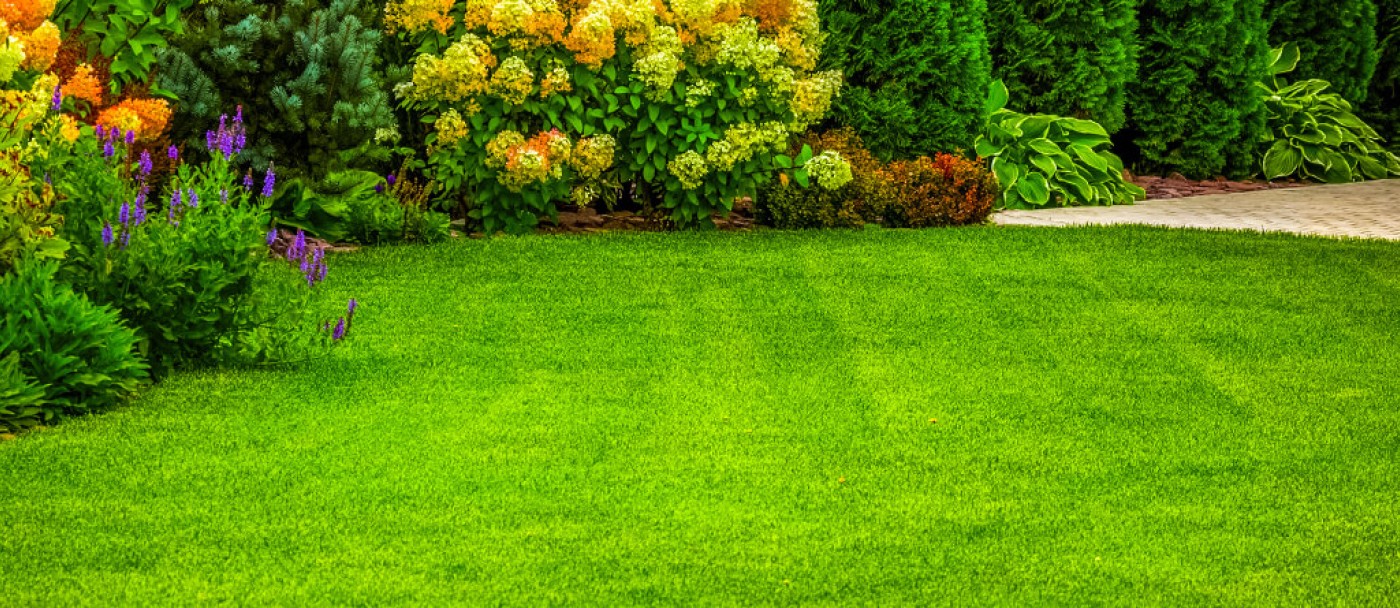
You don't have to be an expert to have a healthy lawn. No need to devote all your time and energy to it either. The secret is to work with nature to create the ideal conditions for the lawn to flourish.
This guide for Canadian gardeners was designed to make your life easier. Because these simple actions, taken at the right time, can make a difference.
When to start lawn care in spring?
The timing of the various steps of lawn maintenance will vary depending on weather conditions. These may differ, not only from region to region, but also from year to year.
As a general rule, lawn maintenance begins when the snow has melted, the ground is no longer wet and temperatures remain above freezing. Checking the soil temperature and monitoring the weather forecast will prevent you from damaging your lawn by starting too early.
What products to use for a healthy lawn
Grass seeds: how to choose?
Select a quality seed mix, adapted to your region, which will ensure healthy and dynamic growth.
Cool season grass seeds can survive the winter well. They are suitable for Canadian lawns. Due to the large temperature variations experienced by our provinces, the chosen mixture should also contain varieties that tolerate extreme heat. The entire lawn will be less affected if only certain grasses go dormant in the hot temperatures.
Finally, every garden is made up of microclimates, areas exposed or protected from the winds, sunny or shaded locations. Buying all condition grass seed saves you from purchasing and storing more than one bag for every microclimate. C-I-L Restore All Condition Grass Seed provides a dense, green lawn in both sun and shade.
PLEASE NOTE: Be wary of cheap seeds. Their germination rate is often disappointing. They may contain weed seeds and offer varieties of grasses whose size and colour do not match the others. They can even contain annual grasses which offer a beautiful result the first year, but do not grow back the following spring.
Slow-release lawn fertilizer
In spring, the lawn grows and greens up quickly. It needs an adequate supply of nutrients. At the beginning and end of the season, when the soil temperature is low, be aware that the supply of nutrients from organic matter, such as clippings, is slow to break down. That is why you need a boost from a slow-release fertilizer.
In spring and fall, grass needs to be fertilized even if it grows in soil rich in organic matter. A quality fertilizer provides the nutrients that the lawn needs during its growing season.
What is a pre-emergence product?
Pre-emergence herbicides prevent weeds from establishing in the lawn. They are generally applied before the weed seed germination period, in early spring.
C-I-L® BIO-WEED & FEED® 9-0-0 Lawn Fertilizer prevents the germination of weed seeds, including crabgrass, white clover and dandelion seeds, and it feeds the lawn as well.
Targeted herbicides
To get rid of weeds in the lawn, it is necessary to remove the entire root. At the start of the season, manual weeding is easier and more effective. The roots are smaller and not as well anchored in the moist, cool soil.
To win the battle, it is important not to let your guard down during the season. A weeder makes the operation easier when the plant is large enough to be gripped by the tool. At the end of the season, continuing to weed prevents many weeds from re-seeding. This is a saving of time and energy that you will appreciate the following spring!
Using a herbicide can avoid a lot of frustration in the case of tough weeds that cannot be controlled with manual weeding. Wilson Weed OUT kills broadleaf weeds (dandelion, plantain, ragweed, etc.) in 24 hours. It is very effective at killing the weeds down to the roots. Its active ingredient comes from a natural plant hormone.
Treatments against white grubs: an ecological approach
Yellowed patches of grass which can be rolled up like a carpet are one of the signs of an infestation. A lawn plowed up by skunks, raccoons or birds is another. Grubs are beetle larvae that destroy grass by feeding on its roots.
The overuse of insecticides in the late 1900s may have compromised many ecosystems. Today, most of these products are banned in Canada. We are now recommending ecological methods to get rid of insects that attack lawns.
Nematodes are small, microscopic, beneficial worms that can kill grubs within a day or two once watered in. This is an ecological way to fight against a lawn pest capable of causing serious damage.
To learn more about white grubs and ecological treatments, read: How to get rid of grubs
Easy and effective lawn maintenance in 7 steps
1. Watch for signs of pest or disease infestation
Here are some signs that your lawn needs your attention:
- Large dried-out areas
- Holes dug by animals or birds in search of grubs
- The presence of large numbers of small white butterflies (meadow moths looking for a place to lay eggs)
- Yellow or brown circles
- The appearance of mold
2. Aerate the lawn to reduce soil compaction
Aeration consists of making small holes 10 cm (3 in) deep. This helps open any compacted soil and facilitates the penetration of water, oxygen and nutrients.
You can rent a lawn aerator from most tool rental centres. Aerate the lawn in spring or fall, every year or every two years.
To learn more about lawn aeration, read: When And Why Aerate Your Lawn?
3. Dethatch when the thatch reaches a thickness of more than 1.25 cm
Thatch is an accumulation of undecomposed organic matter found on the surface of grassy soil. It protects the roots from being trampled and constitutes a reserve of water and nutrients. It protects both the crown of the grass plant from high temperatures and the roots from climatic variations.
Too thick, however, thatch contributes to the compaction of the lawn, harms the rooting of grasses and restricts water penetration to the roots. It also becomes an excellent shelter for insects likely to ravage the lawn and promotes the appearance of diseases.
4. Fill bare or sparse spots by choosing a quality grass seed mix suitable for your area
Overseeding can be done in spring or fall after ensuring that the temperature will allow the seeds to germinate. (For more details, see our table.)
To find out more, read our article: Why Should I Overseed My Lawn?
5. Apply a slow-release fertilizer at least twice a year
C-I-L Restore Feed & Seed Lawn Fertilizer & Grass Seed is formulated to provide excellent results in the spring and fall. It also contains quality seeds to thicken the lawn as part of the same treatment!
6. Water deeply once a week
The lawn needs 3 cm of water on a weekly basis, including rainwater. We can compensate for the lack of rain by watering deeply once during the week. If you install a low-cost rain gauge, it is easier to monitor the amount needed.
Watering deeply encourages the formation of longer roots capable of better drawing water and nutrients from the soil. Water preferably in the morning. In the afternoon, the water evaporates too quickly under the influence of the sun. In the evening, the lawn does not have time to dry before night and is more at risk of developing fungal diseases.
7. Mow the lawn to a height of 8-10 cm (3-4 inches)
Do not cut more than a third of the grass blade each time. Make sure the mower blade is sharp enough to make a clean cut. Worn blades tend to rip the tips of the grass and ultimately give the lawn a dull brown appearance. Using a trimmer allows you to maintain neat edges and cut grass near buildings and in areas that are more difficult to access.

